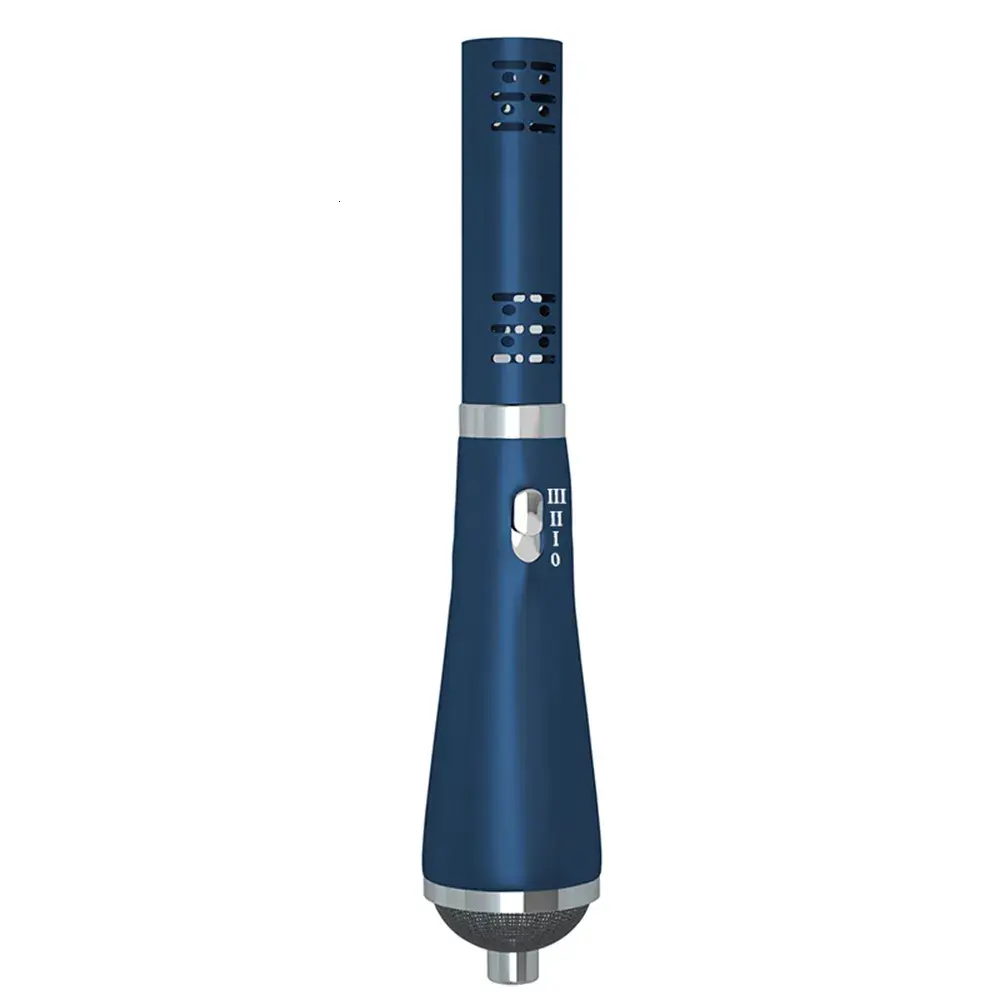Why Everyone’s Talking About Terahertz Healing 🌈 (And How IONIC Care Changed My Life)
In this article, we explore the fascinating space of terahertz technology and its applications in personal health devices, with a focused lens on the ionic care terahertz device review. We’ll unpack how terahertz waves are purported to support healing and pain relief, how Ionic Care devices are positioned in this niche, and what users should consider before making a purchase. This comprehensive guide aims to help you navigate claims, science, and real-world outcomes so you can decide if a terahertz healing device belongs in your wellness toolkit.
The journey through this topic is anchored in practical insight and critical analysis, highlighting what makes a device effective, safe, and worth considering for your unique needs. By the end, you’ll have a clearer understanding of the potential benefits and limitations, as well as practical guidance for evaluating options in this rapidly evolving field. This is the authoritative look at where terahertz technology meets everyday health applications, framed within the context of smart consumer choices and responsible usage.
Introduction to Terahertz Technology and Ionic Care Devices
Terahertz technology sits at the intersection of microwaves and infrared light, occupying a unique portion of the electromagnetic spectrum. In health devices, terahertz waves are marketed for their potential to penetrate tissues gently and interact with cellular processes in ways that may support healing, pain relief, and circulation. As researchers continue to investigate these claims, consumers encounter a growing array of devices that promise medical or wellness benefits, often under marketing banners like “best terahertz healing device” and “Buyer’s Guide” to help shoppers compare options.
In this section, we’ll establish a foundation for understanding terahertz technology and introduce the concept of Ionic Care devices—a family of consumer devices that claim to harness terahertz or related therapeutic modalities for everyday wellness. The goal is to separate hype from practical value, focusing on what is scientifically plausible, what is supported by evidence, and how users can assess risk, efficacy, and usability in real life. We’ll also discuss how Ionic Care devices fit into the broader ecosystem of wellness gadgets, and what buyers should know when they encounter terms like “terahertz wand” or “ionic care device for pain relief.”
Understanding Terahertz Technology and Its Benefits

Terahertz waves are non-ionizing, meaning they do not carry enough energy to strip electrons or directly damage DNA, which distinguishes them from ionizing radiation. In theory, terahertz radiation can interact with molecular vibrations in biological tissues, potentially influencing water content, thermal effects, and microcirculation. Some researchers speculate that carefully tuned terahertz exposure could support cellular signaling, local warming, or topical comfort without significant tissue heating.
From a consumer perspective, the potential benefits often cited include:
- Enhanced relaxation and tissue comfort
- Reduced inflammation-related discomfort
- Better sleep or recovery timing when used as part of a broader wellness routine
- A sense of improved mobility and ease of movement after sessions
However, it’s important to emphasize that many terahertz-based claims for home devices are still exploratory. Peer-reviewed research is ongoing, and results can vary widely depending on device specifications, usage patterns, and individual physiology. Consumers should approach terahertz devices with balanced expectations, prioritizing safety, reputable guidance, and evidence-backed use cases.
In the context of the broader marketplace, terahertz devices are frequently marketed alongside other non-invasive modalities such as photobiomodulation, magnetic therapy, and infrared therapy. This convergence creates a nuanced landscape where a device’s design, energy delivery, waveform characteristics, and user experience all influence perceived outcomes. For those curious about whether a device like an ionic care terahertz device could fit into a personal health strategy, it’s helpful to evaluate the device’s science base, regulatory considerations, and practical usability.
Overview of Ionic Care Devices
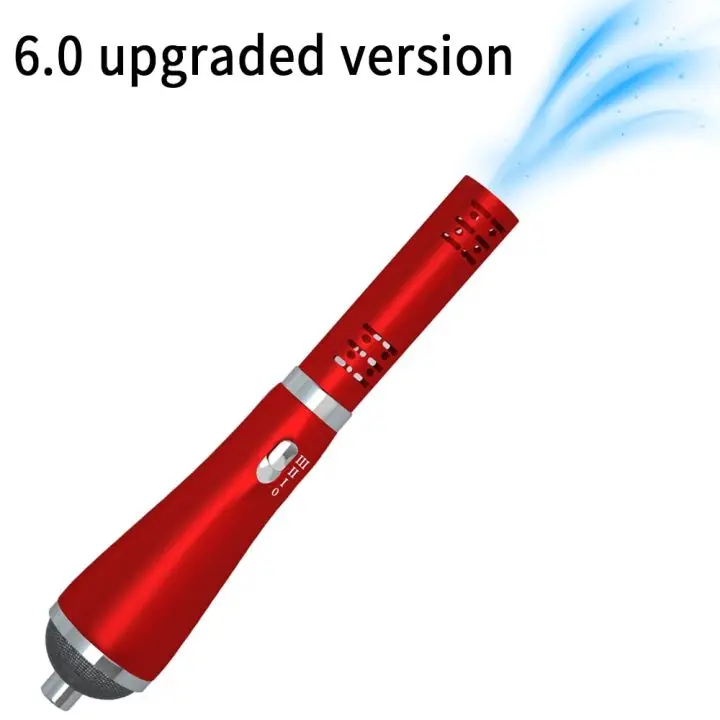
Ionic Care devices are positioned as consumer wellness tools that aim to deliver terahertz-inspired therapeutic benefits in an accessible form factor. They typically emphasize portability, ease of use, and a user-friendly approach to self-care. The core pitch often centers on pain relief, muscle comfort, and accelerated recovery, with design features intended to appeal to people seeking non-pharmacological relief.
When assessing Ionic Care devices, consider:
- The claimed mechanism of action and whether it aligns with current scientific consensus on terahertz exposure
- The device’s safety profile, including recommended usage guidelines and contraindications
- The ergonomic design, battery life, and portability that affect real-world practicality
- The pricing tier and whether the performance aligns with the investment, especially for those shopping with a budget in mind
The consumer landscape for Ionic Care devices is part science, part experience. Some users report meaningful improvements in daily comfort and mobility, while others seek more robust, clinically substantiated outcomes. The key is to evaluate evidence, listen to diverse user experiences, and weigh the device against other proven strategies for pain relief and recovery, such as physical therapy, targeted exercises, heat and cold therapy, and other non-invasive modalities.
The Science Behind Ionic Care and Terahertz Healing
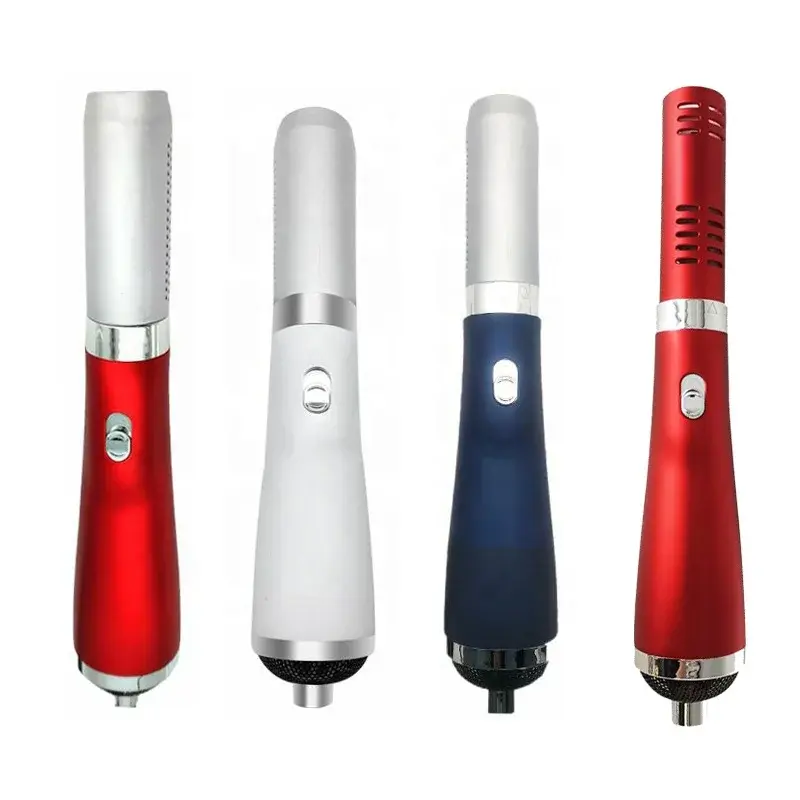
From a scientific standpoint, terahertz research remains an active field, with researchers exploring how terahertz radiation interacts with biological tissue and molecules. The practical translation into consumer devices requires careful engineering to create predictable, safe exposure levels and reproducible user experiences. The debate among scientists centers on translation from lab-scale findings to home-use devices, including questions about dosage, exposure duration, skin penetration, and long-term safety.
Ionic Care devices often present a simplified narrative: users apply a device to a target area, receive a controlled energy stimulus, and experience relief or comfort. The challenge for consumers is to assess whether the device’s parameters—such as frequency, power output, duty cycle, and treatment duration—have credible backing or whether outcomes are influenced primarily by placebo effects, user expectations, or nonspecific relaxation responses.
For those evaluating claims, a practical approach is to look for:
- Transparent specifications: exact frequency bands, energy density, and recommended session lengths
- Independent testing or clinical studies, even pilot data, that explore safety and efficacy
- Clear safety guidance, including contraindications for specific populations or conditions
In short, the science behind terahertz healing is evolving. Consumers should view Ionic Care and similar devices through a critical lens, seeking credible information and clear usage guidelines while remaining mindful of the limitations of home-use therapies.
In-Depth Review of the Ionic Care Terahertz Device
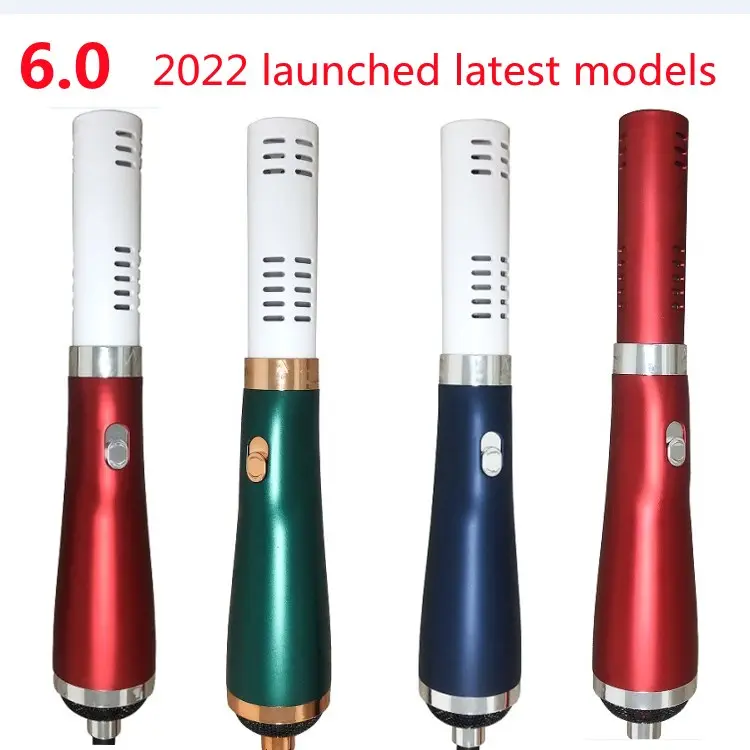
This section delves into the core aspects of the Ionic Care terahertz device, examining what makes it distinctive, how it feels to use, and whether it stands up to user expectations in practical settings. We’ll explore features, design, performance in daily life, and a compilation of user experiences to provide a thorough picture beyond marketing claims.
Key Features and Specifications
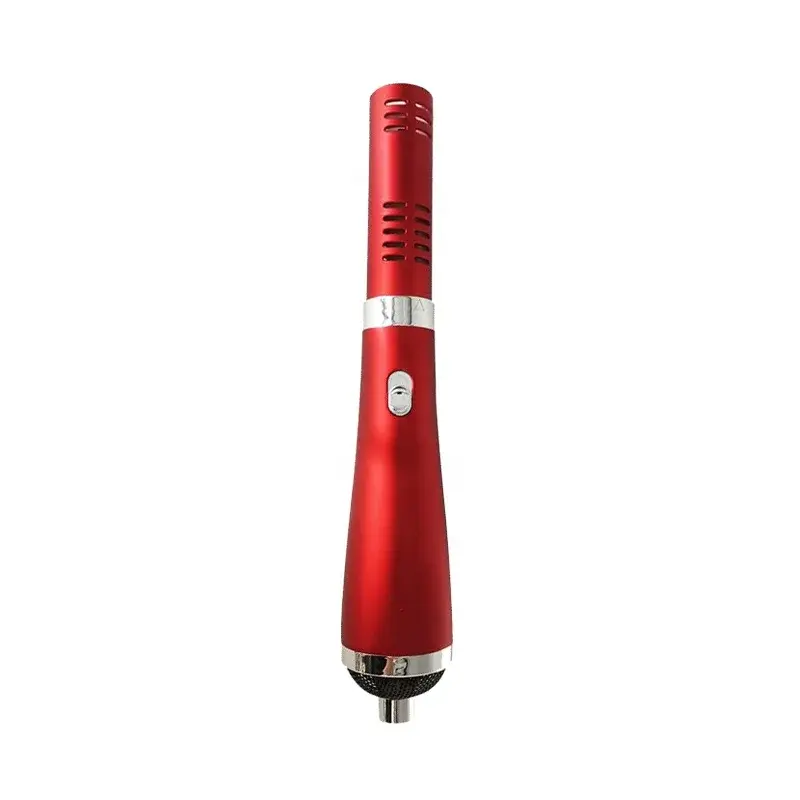
A thoughtful review begins with an examination of the device’s claimed capabilities, as well as the tangible attributes that influence daily use. Key features often highlighted by manufacturers include compact form factor, battery longevity, ease of operation, and the presence of intuitive interfaces. Real-world implications of these features include how quickly a device can be readied for use, whether it suits a busy lifestyle, and how reliably it delivers the intended exposure without requiring frequent recharging.
From a performance perspective, the most relevant questions focus on:
- What is the device’s recommended treatment duration per session, and how many sessions are suggested per day or week?
- Are there adjustable intensity levels, and if so, how finely can users tailor the experience to their comfort and goals?
- Does the device specify a safety boundary or automatic shutoff to prevent overuse?
- Is there any form of heat or warming effect, and is it tolerable for sensitive skin types?
- What materials and build quality ensure durability during daily handling?
In addition, the presence of a robust safety and usage guide is a strong indicator of responsibility in product design. A device that provides clear warnings, contraindications, and practical tips tends to be more user-friendly and safer for broad audiences.
Design and Usability

The day-to-day usability of an Ionic Care device hinges on ergonomic comfort, intuitive controls, and portability. A device that fits well in the hand, has easily accessible controls, and a straightforward setup minimizes barriers to consistent use. Battery life is another practical concern: long sessions are appealing, but not if they require frequent recharging that interrupts routines.
Consider the user journey:
- How easy is it to power the device on and off, switch modes, or adjust intensity?
- Are there guided prompts or a companion app that tracks usage, or is it a simple handheld tool?
- Is there a charging solution that aligns with common charging ecosystems, and how long does a full charge take?
The tactile experience also matters. A device with a comfortable grip, appropriate weight balance, and smooth surface can reduce fatigue during longer sessions and make routine use more enjoyable. Visual design, too, plays a role—clear indicators, a readable display, and unambiguous feedback about session progress can improve adherence and results.
Effectiveness in Pain Relief and Healing
Pain relief and healing outcomes for consumer terahertz devices are highly individualized. Many users report subjective improvements in areas such as joint comfort, muscle soreness, and general daytime mobility. However, translating these experiences into universally applicable claims requires careful interpretation of the available evidence, as placebo effects and the broader context of self-care (stretching, hydration, sleep quality) can influence perceived relief.
When evaluating effectiveness, it helps to consider:
- The specificity of claimed benefits (e.g., targeted pain, faster recovery after activity, improved range of motion)
- The consistency of benefits across different users and conditions
- The duration of relief and whether benefits accumulate with repeated use
It’s also important to set expectations: even if a device provides noticeable comfort, it may not replace established medical treatments for chronic conditions. Using a terahertz device as a supplementary tool within a broader self-care plan is a prudent approach for many users.
User Testimonials and Experiences
Real-world experiences offer valuable context that complements technical specifications. Collecting a mix of positive, neutral, and critical testimonials helps paint a fuller picture of how the device performs in diverse lifestyles and conditions. When reading user feedback, pay attention to:
- The consistency of reported outcomes across different use cases
- Any reported adverse effects or discomfort, even if rare
- The quality and detail of usage routines (session length, frequency, concomitant therapies)
While testimonials can illuminate practical aspects not captured in technical specs, they should be weighed alongside objective information and any available independent testing. The goal is to understand how a broad audience experiences the device over meaningful periods of use.
Comparison of Ionic Care with Other Terahertz Devices
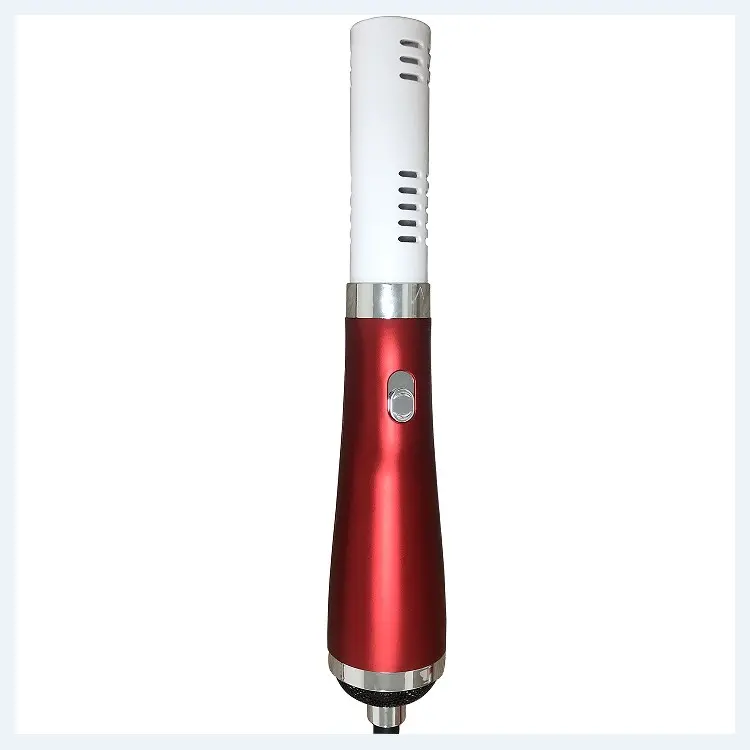
To place the Ionic Care offering in context, we compare it with other devices in the terahertz- or related-therapy space. This helps clarify where the Ionic Care model may excel, where there might be trade-offs, and how pricing and features align with user priorities.
Ionic Care vs. Terahertz Wand: A Side-by-Side Analysis
A common comparison drawn by consumers is between compact, wand-like devices and more integrated systems. A terahertz wand is typically a handheld tool that concentrates energy on a specific area, often with a straightforward, targeted approach. The Ionic Care device, depending on its design, may offer broader coverage, integrated ergonomics, and a more streamlined user experience.
Key considerations include:
- Targeting and coverage: Does the wand provide precise local exposure, while Ionic Care supports broader areas or continuous use?
- Comfort and maneuverability: Which design feels more natural for your preferred treatment areas (neck, shoulders, back, joints)?
- Battery life and portability: Does one device offer longer sessions without frequent recharging?
In terms of outcomes, wand-based devices may appeal to those who want direct, small-area application, whereas Ionic Care devices might be favored by users seeking a simple, all-in-one solution with a friendly user interface. The best choice depends on personal preferences, treatment goals, and the exact nature of discomfort.
Assessing Performance and Pricing
Performance is not solely about raw power or frequency; it’s about how effectively a device integrates into daily routines to deliver consistent, meaningful benefits. When comparing devices, consider:
- Real-world usage: does the device encourage regular use through a comfortable design and easy operation?
- Supporting materials: are there clear guidelines, safety instructions, and usage tracking that improve adherence?
- Price-to-value balance: does the claimed benefit justify the investment when compared with alternatives?
Pricing often reflects not only technical specifications but brand positioning, warranty terms, after-sales support, and perceived reliability. An honest assessment weighs features against cost, including the potential value of ongoing use versus a one-off expenditure.
Functionality Differences and User Preferences
Users differ in what they value most: speed, ease of use, durability, or a device’s ability to blend into daily activities. Some may prioritize a compact, travel-friendly option; others might prefer a device that offers broader coverage or more robust build quality. Understanding these preferences helps consumers align a product with their lifestyle.
In this context, Ionic Care devices may appeal to users who value simplicity, ergonomic design, and straightforward operation. For those who desire more complex control over energy parameters or more targeted therapies, exploring alternatives and reading independent evaluations can be beneficial. The ultimate choice should reflect a balance of practical usability, perceived relief, and alignment with personal wellness goals.
Ionic Care Devices Under $300
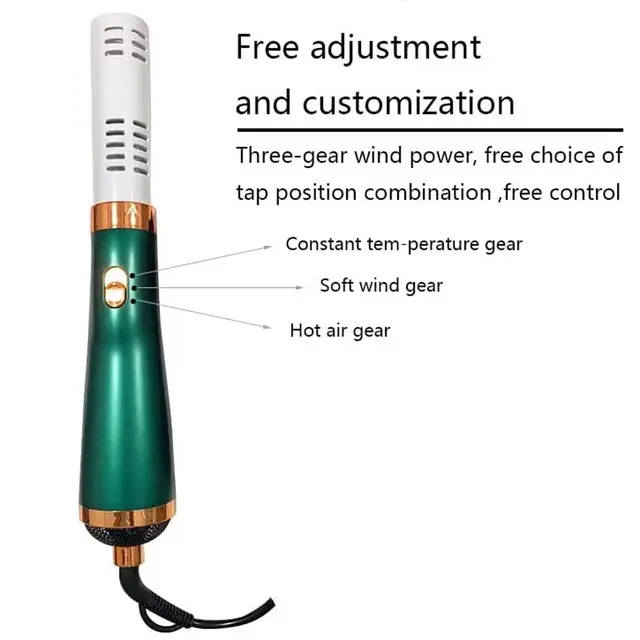
Budget-conscious shoppers often seek high value within a specific price range. This section examines potential options that fall under the $300 mark, focusing on features that deliver practical value while maintaining safety and usability. We will discuss what to look for in budget-friendly devices and how to gauge whether a lower-cost option meets your needs.
Best Ionic Care Devices available Within Budget
When navigating the budget landscape, the emphasis should be on devices that deliver reliable performance, safe operation, and durable construction within the price bracket. Look for models that clearly articulate safe usage limits, have a straightforward interface, and provide reasonable warranty terms. Transparent specifications, including treatment duration, recommended frequency, and any contraindications, help in making an informed choice.
In evaluating budget options, consider long-term costs, including replacement parts, charging accessories, and customer support quality. A device that looks affordable upfront but carries hidden costs or limited support may not offer the best long-term value.
Evaluation of Features and Performance in Budget Devices
Even in the budget tier, you should expect certain core features: clear on-device controls or a simple app-based interface, a reasonable energy profile that aligns with safe-use guidelines, and good build quality for daily handling. Performance in this category often hinges on the reliability of the energy delivery, the comfort of use, and the consistency of user experience across sessions.
Assessing performance means looking at consistency over time, how quickly users can establish a routine, and whether the device delivers on its promised benefits within practical usage limits. Read user reviews focusing on durability, comfort, and any performance variability to gauge whether a budget option can meet your needs.
Recommendations for Cost-Effective Support
For cost-effective support, prioritize devices with:
- A clear safety framework and easy-to-follow usage guidelines
- Durable materials and a design that minimizes wear during daily use
- Adequate warranty coverage and accessible customer service
Balancing cost with safety and usability is crucial. A well-supported, affordable option can offer meaningful value, especially for those who want to explore terahertz-inspired wellness without a heavy upfront investment. Always cross-check current pricing, as promotions and bundles can alter perceived value.
Side Effects and Considerations of Using Ionic Care Devices
Any health-related device warrants attention to safety, especially when it involves energy delivery to the body. This section outlines common concerns, safety practices, and guidance on who should exercise caution or avoid use altogether.
Common Side Effects Observed with Ionic Care Devices
In practice, reported side effects from terahertz-based devices are typically minor and transient if the device is used as directed. Some users may experience warmth in the treated area, mild skin sensitivity, or a brief period of relaxation-induced drowsiness after sessions. These effects are usually temporary and subside after a short rest or with adjusted settings.
However, it is essential to monitor your body’s response. If you notice persistent skin irritation, burning, unusual numbness, or any signs of an adverse reaction, discontinue use and seek medical guidance. Individual responses can vary, and what feels benign for one person may not be tolerable for another.
Safety Precautions and Guidelines for Use
Safety-first guidelines for terahertz devices generally emphasize:
- Following the manufacturer’s recommended session length and frequency
- Avoiding use on broken or irritated skin or open wounds
- Keeping the device at a comfortable distance and avoiding excessive exposure in a single session
- Observing any contraindications for certain medical conditions, pregnancy, or implanted devices
- Consulting with a healthcare professional if you have concerns about interactions with existing treatments or conditions
In practice, establishing a gentle start and gradually increasing exposure, while paying attention to your body’s signals, tends to be a prudent approach. Maintenance of the device, including proper charging and storage, also contributes to safe, long-term use.
Who Should Avoid Using Ionic Care Devices?
Certain individuals should exercise particular caution or avoid terahertz-based devices entirely. People with specific implanted medical devices, those who are pregnant or breastfeeding, or individuals with certain dermatological conditions should consult their healthcare provider before using any energy-based device. People taking medications or undergoing therapies that influence tissue sensitivity should discuss potential interactions with a clinician. Finally, if you have a history of photosensitivity or skin disorders, seek professional guidance to determine whether terahertz therapy is appropriate for you.
Conclusion

In exploring the landscape of terahertz technology and the Ionic Care terahertz device, we’ve examined how these devices are positioned, what claims surround their use, and how to weigh practical value against scientific nuance. The conversation about terahertz healing devices continues to evolve, and responsible consumer behavior—characterized by careful evaluation of evidence, clear safety guidelines, and balanced expectations—remains essential. Whether you’re drawn to the idea of improved comfort, better mobility, or simply a modern, non-pharmacological approach to wellness, a thoughtful approach to device selection, usage, and ongoing self-care will help you derive the most meaningful benefits while minimizing risk. As you consider whether the ionic care vs terahertz wand option or any other device in this space aligns with your goals, remember that evidence, safety, and personal experience together shape a sustainable path to wellness. If you decide to explore further, look for transparent specifications, credible usage guidance, and a supportive user community to help you navigate your journey toward enhanced well-being with confidence.





